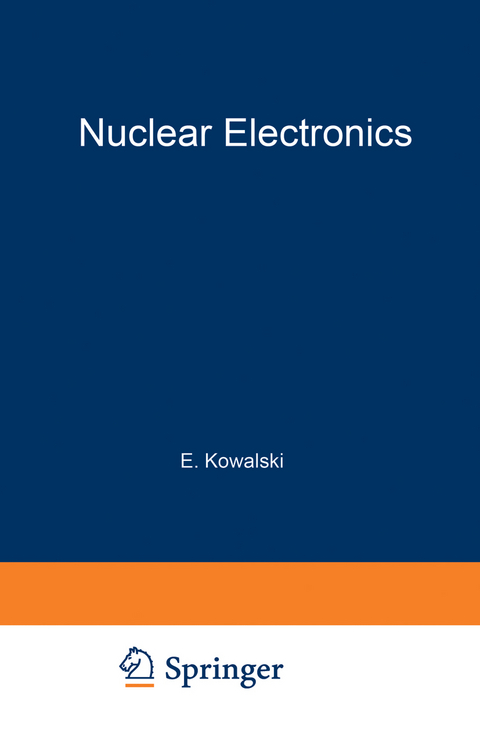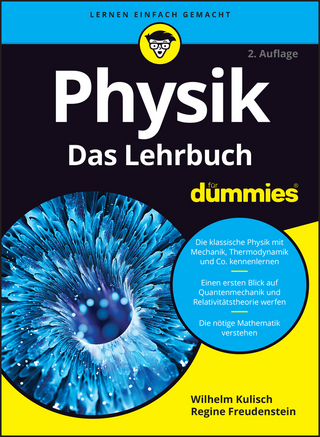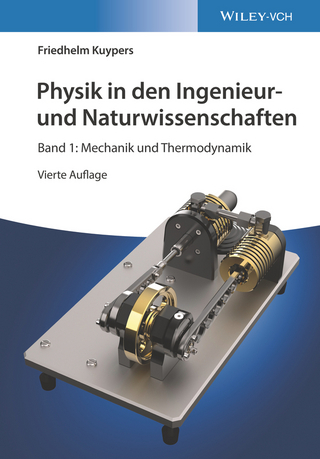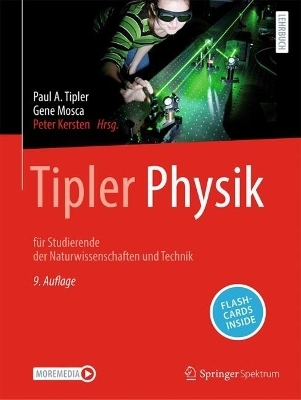
Nuclear Electronics
Springer Berlin (Verlag)
978-3-642-87664-6 (ISBN)
1. Introduction.- 2. Radiation Detectors and Related Circuits.- 2.1. Ionization Chamber.- 2.2. Proportional Counters.- 2.3. Geiger-Müller-Counters.- 2.4. Semiconductor Detectors.- 2.5. Scintillation and ?erenkov Counters.- 3. Analog Circuits.- 3.1. Linear Pulse Amplifiers.- 3.2. Arithmetic Operations on Analog Signals.- 3.3. Window Amplifiers.- 3.4. Linear Gates.- 3.5. Pulse Stretchers.- 3.6. Fast Pulse Amplifiers.- 4. Analog-to-Digital Converters.- 4.1. Pulse Height Discriminators.- 4.2. Digital Encoding of the Pulse Height.- 4.3.Pulse Shape Discriminators.- 5. Evaluation of the Time Information.- 5.1. General Considerations, Resolution.- 5.2. Pulse Shapers for Coincidence Circuits and Time-to-Digital Converters.- 5.3. Coincidence Circuits.- 5.4. Digital Encoding of the Time Interval.- 5.5. Auxiliary Circuits.- 6. Digital Circuits.- 6.1. Basic Digital Circuits.- 6.2. Scalers and Registers.- 6.3. Logical and Arithmetical Digital Circuits.- 6.4. Memories.- 6.5. Data Output.- 6.6. Count Rate Meters.- 7. Data Processing.- 7.1. Simple Counting Systems.- 7.2. Multiscaler Arrays.- 7.3. Multichannel Analyzers.- 7.4. Multiparameter Analyzers.- 7.5. On-Line Computers.- 8. Appendix.- 8.1. Laplace Transform Calculus.- 8.2. Noise.- 9. References.- 10. Subject Index.
| Erscheint lt. Verlag | 9.4.2012 |
|---|---|
| Zusatzinfo | X, 402 S. 22 Abb. |
| Verlagsort | Berlin |
| Sprache | deutsch |
| Maße | 155 x 235 mm |
| Gewicht | 627 g |
| Themenwelt | Naturwissenschaften ► Physik / Astronomie ► Allgemeines / Lexika |
| Schlagworte | Elektronik • Energie • Flip-Flop • Halbleiter • Kernphysik • Kommunikation • Laplace-Transformation • Metrologie • Nuclear • Physik • Rauschen • Schaltung • Stabilität • Strahlung • Transistor |
| ISBN-10 | 3-642-87664-1 / 3642876641 |
| ISBN-13 | 978-3-642-87664-6 / 9783642876646 |
| Zustand | Neuware |
| Haben Sie eine Frage zum Produkt? |
aus dem Bereich


